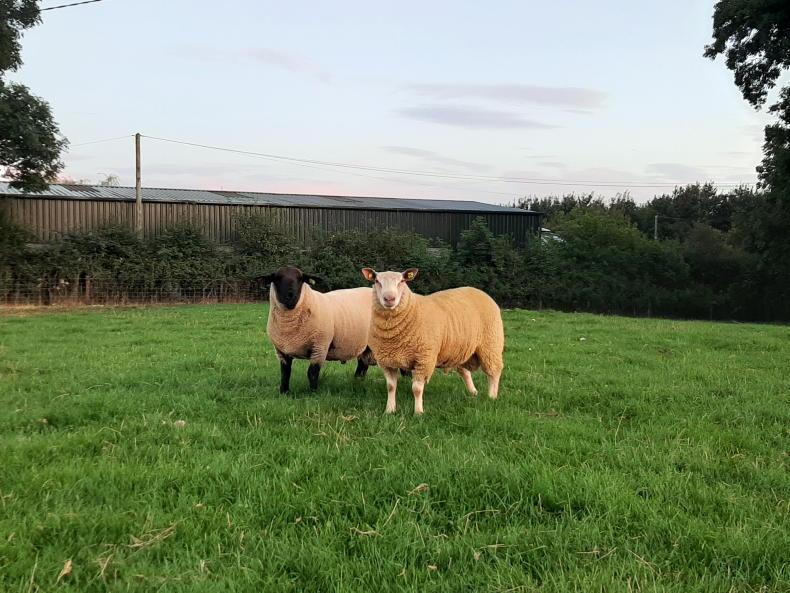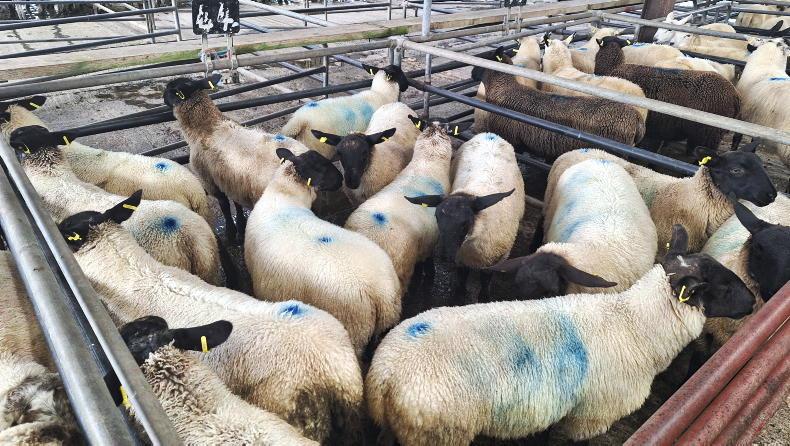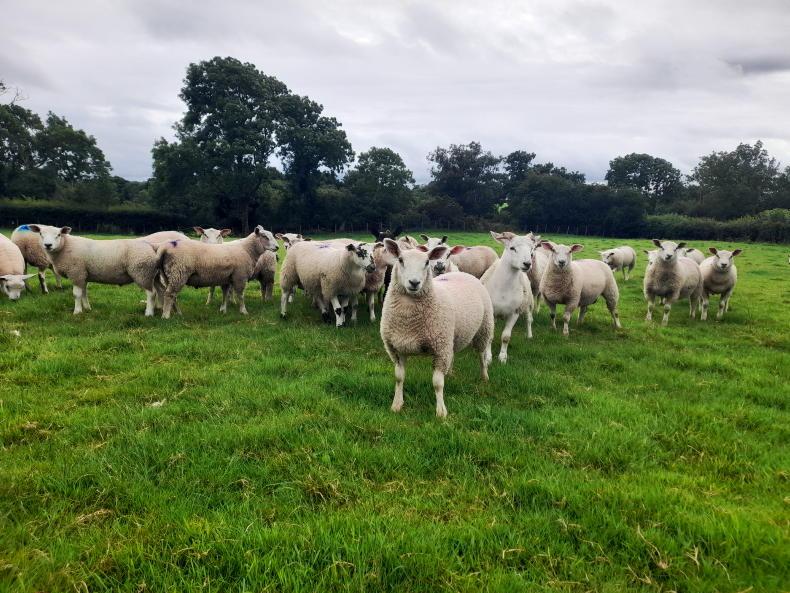Nematodirus
All parts of the country have entered the high risk time period for nematodirus infection in lambs. The accompanying map details the likely peak hatching date. Treatment using a white wormer is advised for at-risk lambs, typically aged from 6-12 weeks, two weeks after the peak hatching date.
Treat lambs before this if you observe a green-coloured scour, lamb performance quickly diminishing, and dehydration, which is often signified by lambs congregating around water troughs.
The Agri-Food and Biosciences Institute (AFBI) Veterinary Sciences Division report that peak hatching took place in Northern Ireland between 27 March and 8 April, meaning a significant percentage of lambs are likely to be at risk of infection. Farmers are advised to be on high alert for scour in young lambs and also calves from mid-April through to May.
Blowfly strike
It seems early in the season to be talking about blowfly strike but there were a couple of cases in the southeast which I was contacted about this week. Temperatures are not at a level where there are likely to be significant issues, but it is worth being aware of the threat and to investigate the possibility of strike in animals which are scratching or biting at their fleece.
It is also a good time to review your blowfly control programme in lambs. Each year there are farmers who have to delay drafting lambs in May and June due to withdrawal dates of pour-on products used that offer the longest period of protection. Applying product earlier to such lambs will still provide the necessary protection, while applying to lambs at a lighter weight may have the added benefit of requiring a lower application rate.
Itching
There has also been some more reports in recent days of early lambed and fleshed ewes/hoggets going on their backs. This is not surprising given the weather, and reports will undoubtedly increase in the coming weeks until ewes are shorn.
Many farmers experiencing problems find some reprieve in placing a piece of equipment in a field for ewes to scratch against. Items such as the traditional 10 x six trailer, bale trailers/carriers etc work well where ewes can easily scratch the top of their backs.










SHARING OPTIONS